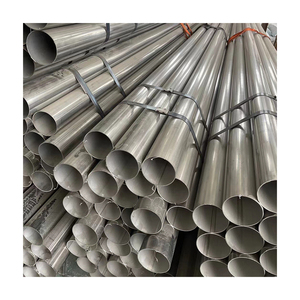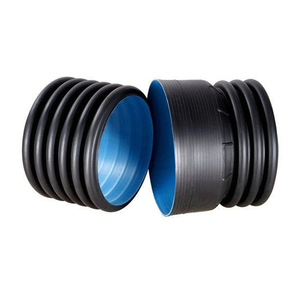200mm 파이프 정보
Alibaba.com을 방문하여 최적의 품질을 얻으십시오 200mm 파이프. 장기적인 내구성과 성능 덕분에 이러한 제품은 배관 및 산업용 유체 이송에 이상적인 옵션입니다. 이 상점은 산업 및 소매 목적을 위해 경쟁력있는 가격으로 다양한 배관 대안을 제공합니다. 프로젝트 관리, 제조 또는 현장 서비스를위한 혁신적 또는 기술적 솔루션을 찾고있는 경우 200mm 파이프이 최선의 선택입니다.
200mm 파이프은 수년에 걸쳐 혁신적인 고급 소재로 발전해 왔습니다. 업계의 전통적인 배관. Alibaba.com이 제공하는 일부 제품 유형에는 석유 용 열가소성 파이프 라인과 스팀리스 파이프가 있습니다. 3 층 유리 섬유 및 폴리에틸렌 모델도 사용할 수 있습니다. 이 품목은 물 및 탄화수소 운송과 관련된 모든 화학 물질에 내성이 있습니다.
이 200mm 파이프는 재료의 수명이 표면에 설치할 때 20 년, 매립 할 때 50 년 지속될 수 있기 때문에 유지 보수가 쉽습니다. 대부분의 제품에는 소규모 팀이 필요하므로 설치 프로세스가 매우 간단합니다. 결과적으로 환경에 미치는 영향은 적고 인건비도 거의 필요하지 않습니다. 베이스 파이프가 얇고 무게가 가볍기 때문입니다. 설치 시간 기반 접근 방식을 사용할 수 있습니다. 가장 중요한 것은 복합 라이닝의 탄력성으로 인해 내마모성이 있다는 것입니다. 제공된 품목은 고품질이며 환경 표준을 준수합니다. 고급 검색 및 필터 기능을 활용하여 경쟁력있는 가격의 보석을 찾으십시오.



















































































